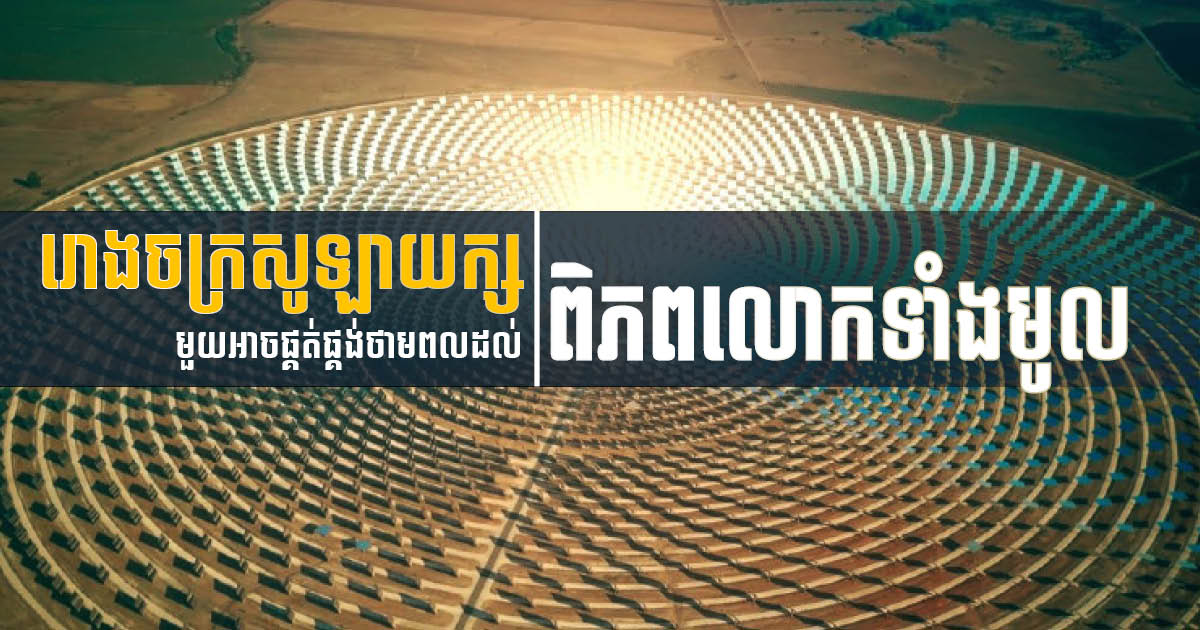Samdech Techo Donates Land to Build Dormitories for Poor Female Students
In a significant move to support education and empower women, Samdech Techo Hun Sen announced a generous donation of 2 hectares of land valued at over USD 10 million. This land will be used to construct dormitories for underprivileged female students who have come to Phnom Penh to pursue their studies. This initiative was revealed […]
Cambodia Welcomes 12 New Investment Projects Boosting Industry and Energy Sectors
Cambodia is set to enhance its economic landscape with the approval of 12 new investment projects, collectively valued at USD155 million, specifically targeting the industry and energy sectors. This significant development was confirmed during a one-stop meeting chaired by His Excellency Chea Vuthy, Secretary-General of the Committee for Investment of Cambodia. These projects are not […]
Chinese Investors Eye Opportunities in Cambodia’s Booming Economy
In a significant move to strengthen economic ties, approximately 40 Chinese companies convened with representatives from the Cambodian Chamber of Commerce to explore promising investment opportunities across various sectors in Cambodia. The meeting was spearheaded by Oknha Banthi Vinh Hour, Vice President of the Cambodian Chamber of Commerce, and Ji Lin, President of the China […]
Japan Plans to Establish Rural Special Economic Zones to Boost Cambodian Agriculture
In a significant move to enhance Cambodia’s agricultural sector, the Japan Development Institute Ltd. (JDI) has unveiled plans to establish rural special economic zones in the country. This initiative was highlighted during a meeting on May 19, 2025, between Mr. Heng Ratana, CEO of the Cambodian Mine Action Centre (CMAC), and Dr. Shoichi Kobayashi, an […]
Kampong Speu Province Welcomes New Cement Giant: Factory Inaugurated with Investment Over USD250 Million
Kampong Speu Province is set to bolster its industrial landscape with the recent inauguration of a large-scale cement factory, officially opened on May 20, 2025, under the leadership of Prime Minister Hun Manet. The factory, located in Oral District, represents a significant investment of over USD 250 million by Conch KT Cement Company, marking […]
Investment Surge in Cambodia: 13 New Projects Proposed
In a promising development for Cambodia’s economy, a group of investors has submitted applications for 13 qualified investment projects, boasting a combined capital of USD 318 million. The Council for the Development of Cambodia has commenced a thorough evaluation of these proposals, signaling a potential boost to the nation’s industrial landscape. During a meeting held […]



 ខ្មែរ
ខ្មែរ







